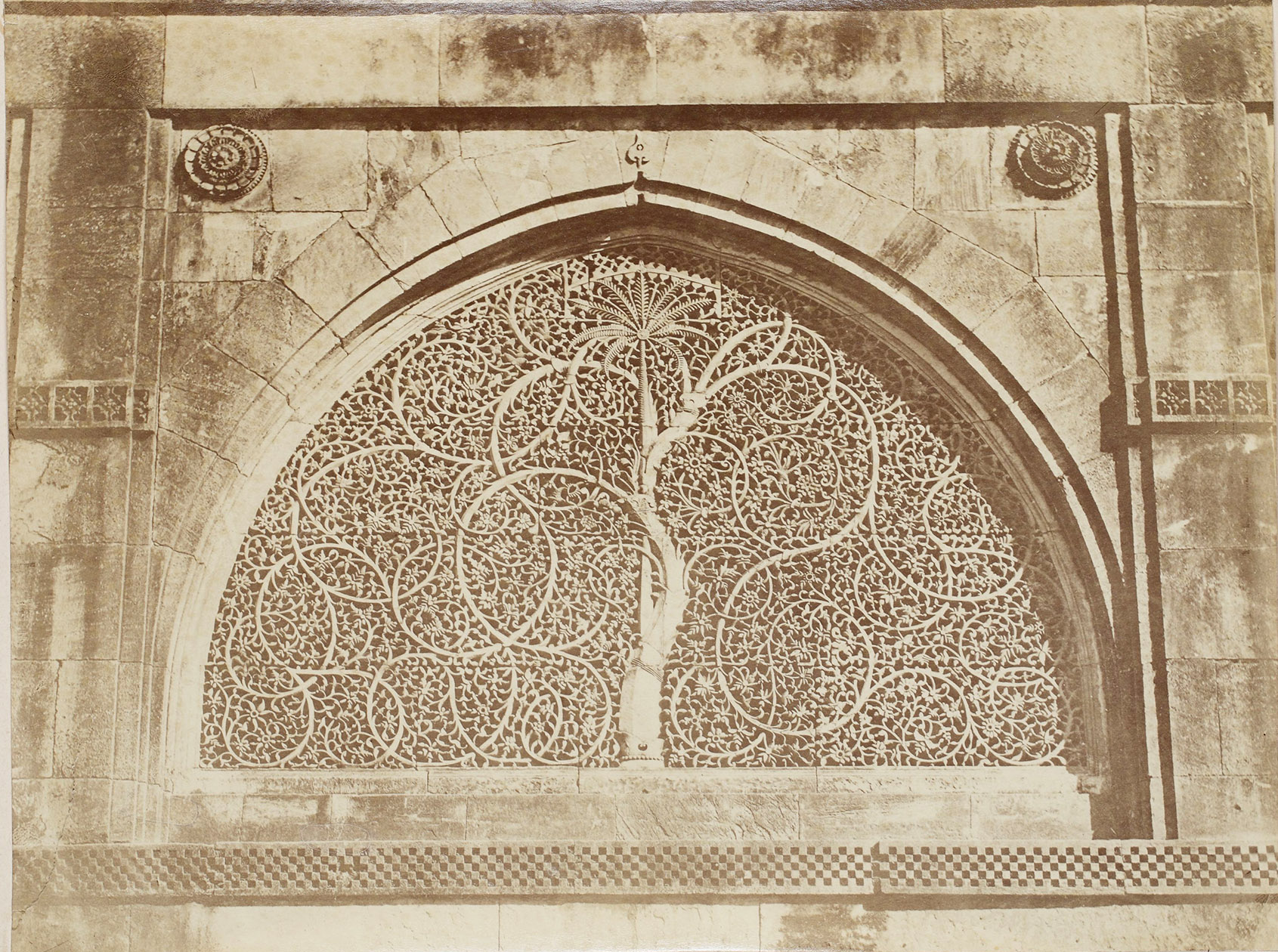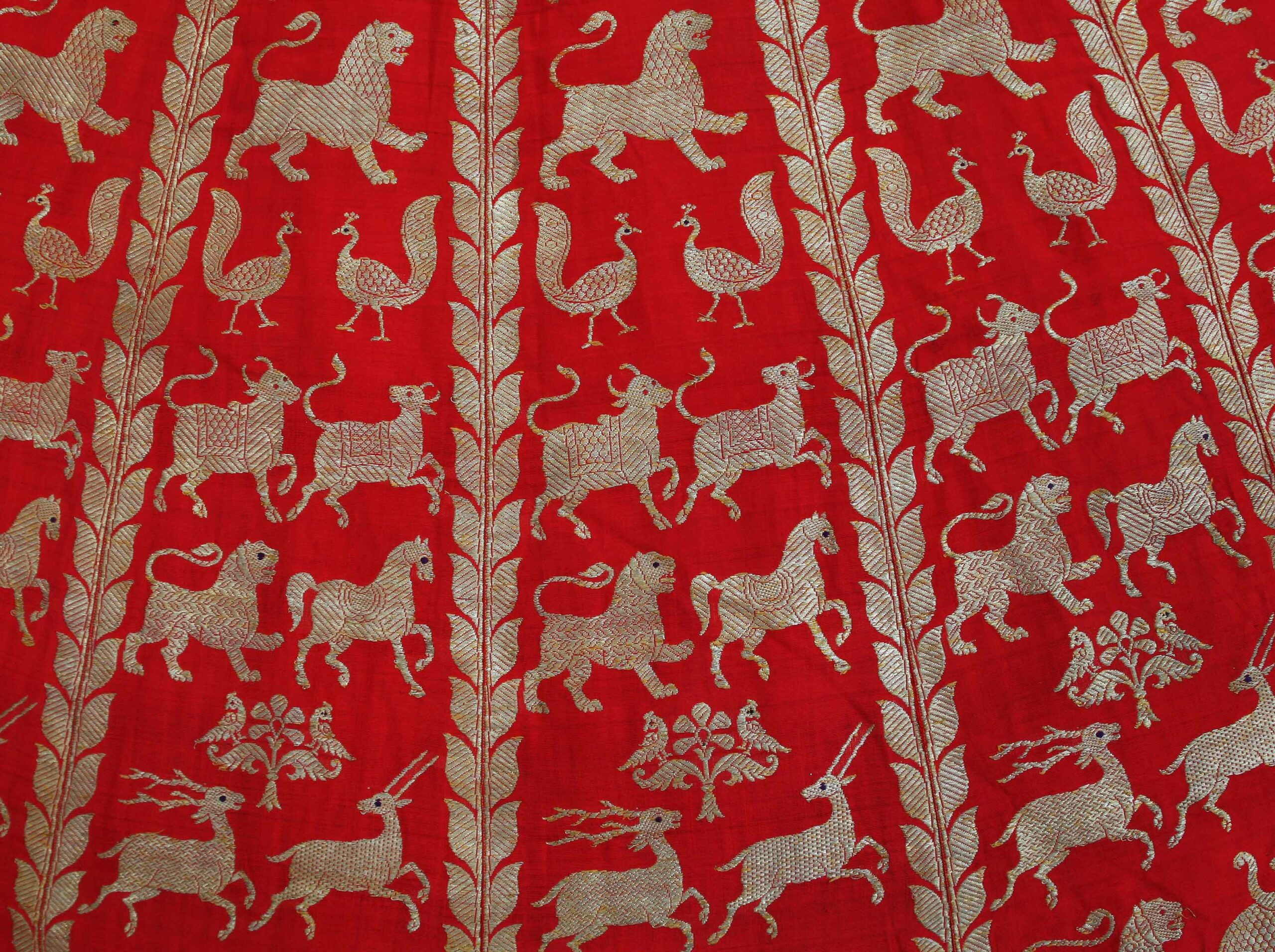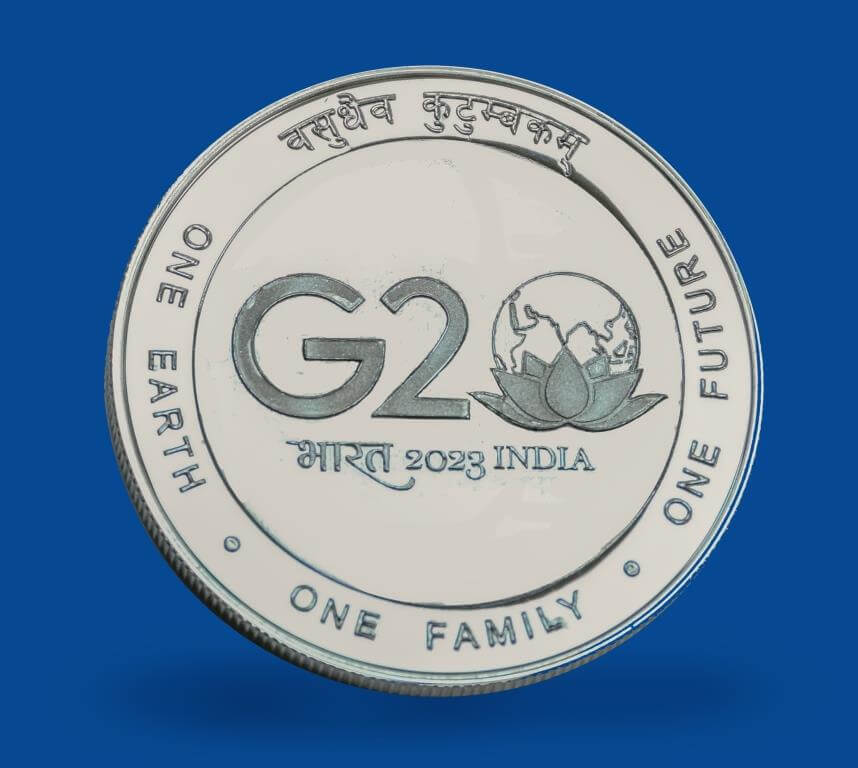For over a hundred years, Tamil cinema has had its finger on the pulse of the region’s cultural and political life. It has reflected and shaped the evolution of society here in ways more pronounced than in other parts of the country. The love story began in 1918 with the silent film Keechaka Vatham made by R Nataraja Mudaliar. Initially, most of the films screened in the theatres of Madras Presidency were American; English films benefited from an unequal distribution system that favoured them over Tamil ones. To draw more local film-buffs, filmmakers primarily told stories from the Puranas.
The 1930s brought about a change in Tamil cinema that marked a shift not just in the way stories were told through the medium but also in the role of cinema in the everyday lives of the masses. South India got its first studio in 1934, and more studios were founded soon after, making it easy to produce in the region without travelling to Bombay or Calcutta. With the country in the throes of the freedom struggle, filmmakers turned their attention to social issues, and this shift would pave the way for the rise of the star-politician in the state.
Tamil cinema transcended the boundaries of entertainment and became a potent political tool. Party lines made their way into film scripts with the entry into the industry of dialogue writers from a new political party founded by Tamil Nadu’s first Chief Minister CN Annadurai, himself a scriptwriter. Another prominent scriptwriter from Dravida Munnetra Kazhagam (DMK), M Karunanidhi would also go on to become Chief Minister. Symbols of party ideology began to make their way into films. This brought the popularity and glamour of the medium to the hard-knocks world of politics. Eventually, other parties too turned to showbiz to fish for their big hope at the next elections.
Films were useful in launching political careers too. The devotional nature of hero worship in southern India aided this phenomenon. The reason why the hero-to-politician trajectory is more successful here than anywhere else in the country is because iconophilia is inherent to Tamil culture. It’s not unusual for actors to achieve the status of demi-gods. The concept of ista devata or chosen deity as it exists in both Buddhism and Hinduism is popular in the region. It implies a personal agency over whom one idolises and worships, rather than having this decided immutably by one’s caste or faith. This glorification of chosen deities fuels the fire of hero worship in Tamil Nadu helping actors transcend roles and go from being storytellers to legislators to supreme leaders.
Very few actors since MGR and Jayalalithaa have, however, managed to straddle both worlds. More recently, Kamal Hassan and Rajinikanth found their shield of blockbuster invincibility did not cover the polling booth. But Tamil cinema continues to be a politically charged medium. New releases like Jai Bhim—which dislodged The Godfather for top film spot on IMDb—have returned social issues to the forefront, igniting hope that the medium might still contain the power to create meaningful change. Here are the biggest stars in Tamil film history who attempted to do just that.
Sivaji Ganesan
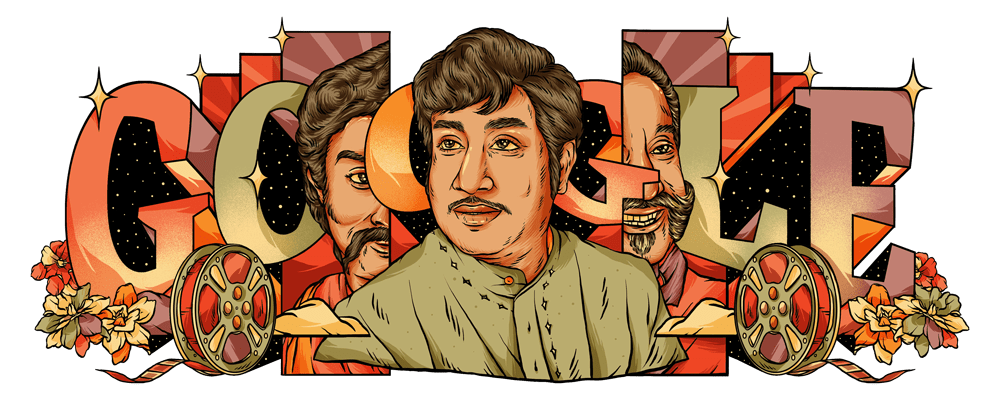
A Google Doodle from earlier this year celebrating Sivaji Ganesan’s 93rd birthday
VC Ganesan’s entry into politics was almost inevitable. Having acted from the age of six, he caught the public eye in the role of Maratha warrior-king, Shivaji in a play written by CN Annadurai. It is said that his performance was so impressive, Periyar EV Ramasamy bestowed on him the title of ‘Sivaji’.
In 1952, he starred in Parashakti, a film written by M Karunanidhi about a family who returns to India from a prosperous life in erstwhile Burma (now Myanmar) only to find their homeland rife with all kinds of depravity and degradation. Filled with dialogues that espoused DMK ideology, the film changed Tamil cinema overnight, putting dialogue at the centre of the art and Sivaji Ganesan at its very top.
Ganesan’s political career, however, didn’t hold a candle to his phenomenal stardom. His film career benefited from his position as one of the founding members and early supporters of a rising DMK. Eventually, he fell out with the party and even criticised it for exploiting the Tamil film industry. Under the mentorship of revered statesman and Chief Minister K Kamaraj, he joined Congress and later tried his hand at founding a party of his own. None of these ambitions bore much fruit but they did get the audience used to the idea of an actor-politician.
MGR
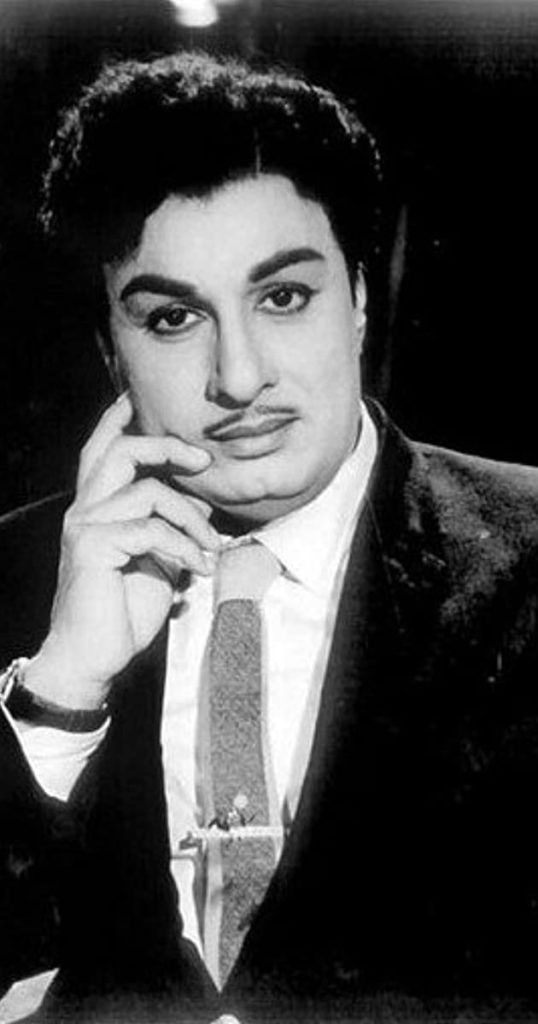
“People know I’m sincere and believe what I tell them. The moment they lose faith in me, MGR the hero becomes a zero”. This one quote sums up the symbiotic relationship between his personas of actor and leader. Revered star of over 100 films, MG Ramachandran was the first actor to become the Chief Minister of Tamil Nadu. He was a crowd favourite known for movies that popularised the trope of the poor man’s champion. Even 40-odd years after his last film hit the screens, the narrative still draws audiences to the theatres and the MGR formula for success remains rock-solid.
Riding on his on-screen image as a messiah, MGR founded the Anna-Dravida Munnetra Kazhagam when he parted ways with his partner-in-fame-and-politics M Karunanidhi and the DMK party. He was an instant hit. The AIADMK, as it is now known, delivered victories in the 1977,1980 and 1985 elections. And MGR, whose title on the marquee was Puratchi Nadigar (Revolutionary Actor), came to be immortalised as Puratchi Thalaivar (Revolutionary Leader).
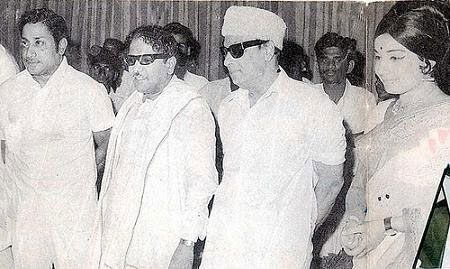
Left to right: Sivaji Ganesan, M Karunanidhi, MGR and Jayalalithaa
Jayalalithaa
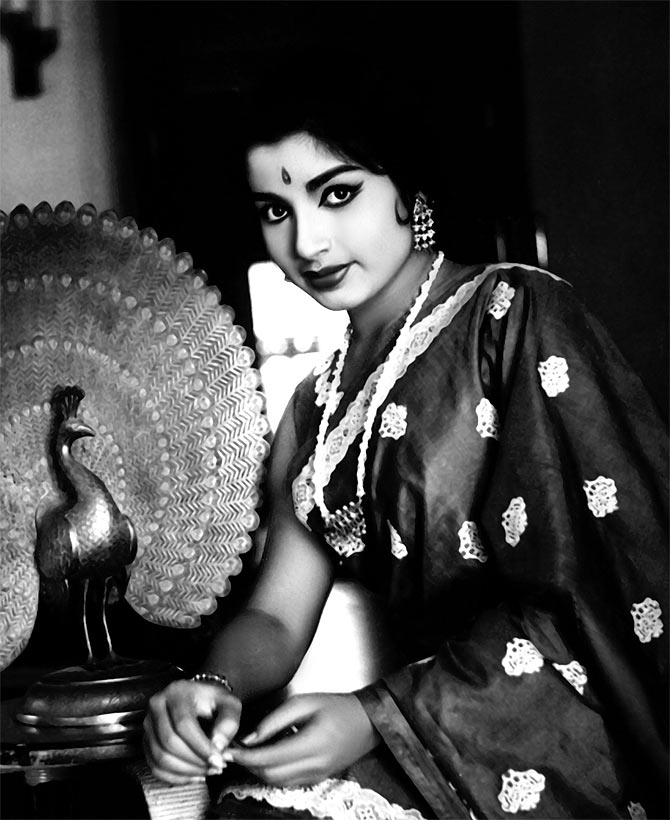
The star-politician crowned with the title of ‘Amma’ or mother began her acting career as a child in her first (and only) English movie. Often through her 15-year journey as a moviestar, she was paired onscreen with MGR, who would go on to become her political mentor. They were equally powerful as a political duo and on his death, she took on his mantle. Jayalalithaa would emerge triumphant as Chief Minister of the state six times and her death in 2016 forever impacted Tamil Nadu politics. Her acting career was no less spectacular. She had over 118 box office hits and was the highest paid actress of her time. However, claims of corruption—the same reason her mentor MGR quoted to split from the DMK all those years ago—would dog her legacy too.
Rajinikanth
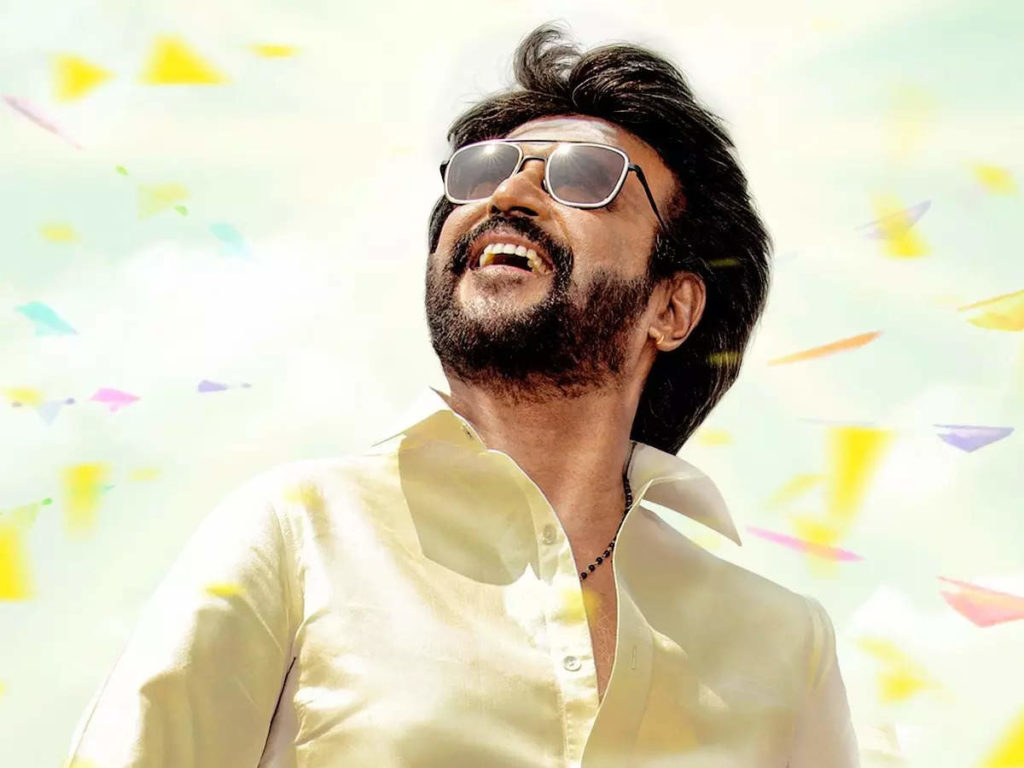
The man, the legend, the superstar. Shivaji Rao Gaekwad aka Rajinikanth aka Thalaiva is believed by millions, if not billions, to be god among men. Only part of this adulation is for his films; much of it is inspired by the artiste’s many humanitarian convictions and contributions. Rajini has over 150,000 fan clubs across south India and the world; language has never been a barrier for his brand of charisma and Japan is a major market for his releases. During a career that has spanned close to half a century, Rajinikanth’s political debut has been awaited by fans for over 30 years. But unlike his incandescent appeal onscreen, politics turned out to be a poor stage for Thalaiva. His party Rajini Makkal Mandram or people’s forum, founded in 2018, folded quietly in 2021. It now operates as Rajinikanth Rasigar Narpani Mandram or the Rajinikanth Fans Welfare Forum—an association that might have no political clout but is no less than a nation in itself.

